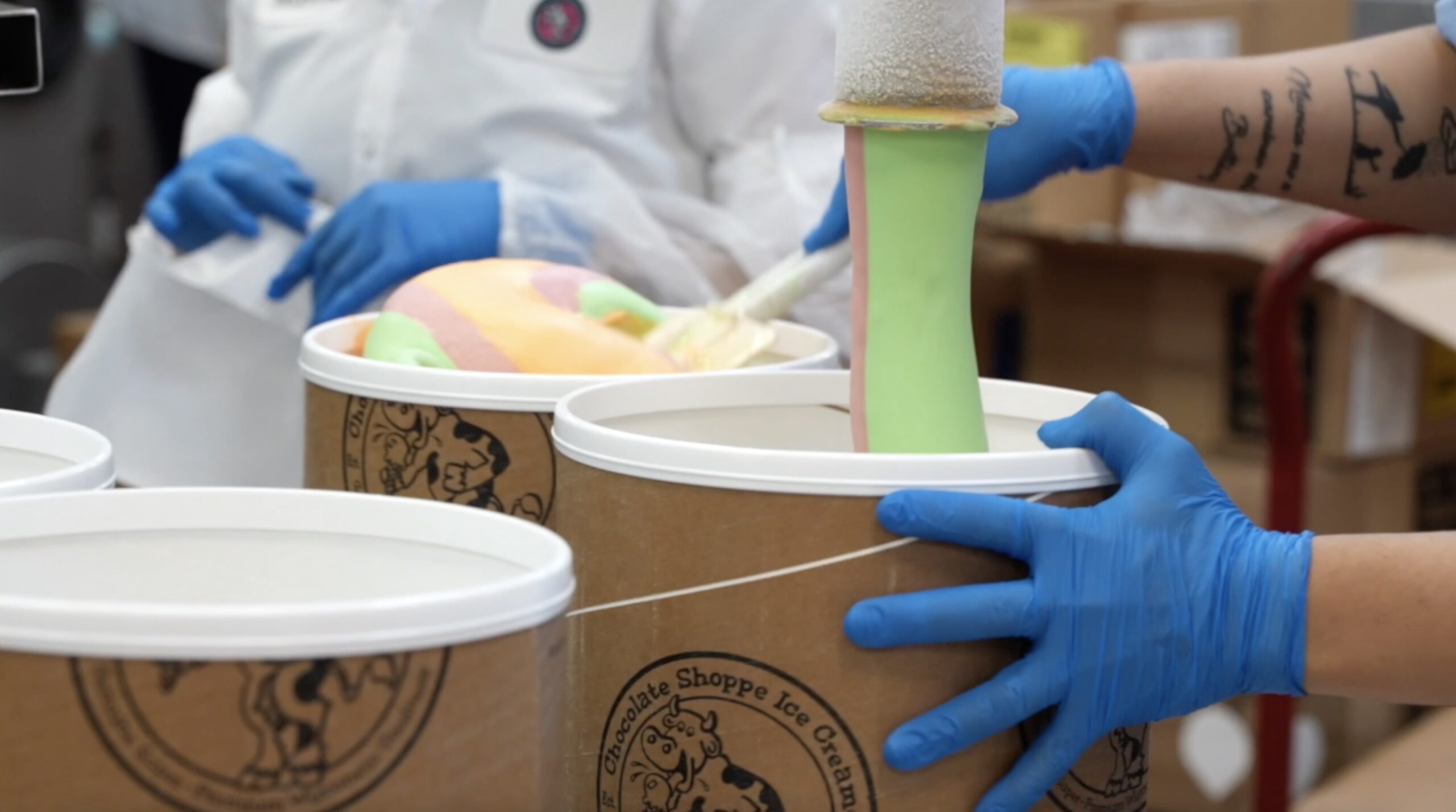The United States is on the verge of a significant shift in food production as the government pushes to phase out artificial food dyes. Under the initiative known as Make America Healthy Again, Health and Human Services Secretary Robert F. Kennedy Jr. has urged for the elimination of petroleum-based synthetic dyes by the end of 2026. This movement has reignited discussions surrounding the ingredients in our food and their effects on health.
Skepticism towards artificial food dyes has been growing for years. Recent actions from the federal government and pledges from major food companies are accelerating the transition towards natural alternatives. Companies such as Kraft, Walmart, and General Mills have committed to removing synthetic dyes from their products. According to Melissa Wright, a food safety extension specialist at Virginia Tech, these large corporations are motivated by the desire to satisfy consumer preferences.
Transitioning to natural dyes poses challenges. Wright points out that natural colorants are often less stable and more expensive to produce, particularly for blues and greens compared to reds and yellows. She notes, “They have to be aware that the customer is going to be unhappy when their product changes. We eat with our eyes first and we buy with our eyes.” This sentiment echoes the experience of General Mills, which faced backlash after removing dyes from its Trix cereal in 2015 and subsequently reverted to using synthetic colors in 2017.
Concerns about artificial dyes are not unfounded. Jamie Alan, an associate professor in the Department of Pharmacology and Toxicology at Michigan State University, acknowledges that some studies indicate a possible link between these dyes and hyperactivity in children. However, Alan emphasizes the complexity of the issue, stating, “One of the things we’re unsure of is how much of that is due to the food dye versus a preservative like sodium benzoate.” He adds that many brightly colored foods also contain high sugar levels, complicating the assessment of health impacts.
As larger food companies maneuver to meet the new regulations, smaller producers may face more significant challenges. Wright explains that smaller companies often struggle with the limited supply and higher costs associated with natural ingredients, which could lead them to pass those expenses onto consumers.
In Madison, Wisconsin, Chocolate Shoppe Ice Cream has already begun to transition to natural colors. CEO David Deadman estimates that this change could add approximately $0.10 to the price of each cone. He acknowledges the cost implications but believes the switch is worthwhile, especially for families. “To move to natural, that’s just going to be the cost. And I have kids. It’s definitely worth it,” Deadman said.
While natural alternatives present their own set of issues, including variations in flavor and availability, experts agree that the timeline for a complete transition by the end of 2026 is ambitious. Access to affordable, nutritious food must remain a priority, according to Wright. “The color is not really the issue. It’s the fact that it’s a really highly processed food,” she stated, urging consumers to focus on the overall quality of their diets.
Experts advise against panic regarding pantry contents. Addressing the role of dyes in health is essential, but in areas with limited access to fresh produce, ensuring a supply of nutrient-dense foods should take precedence. Wright reiterated that the focus should be on providing wholesome options rather than solely on the visual appeal of food.
This shift towards eliminating artificial dyes is nuanced and complex, reflecting broader trends in consumer health consciousness and the food industry’s response to these evolving demands. As the deadline approaches, both consumers and producers will need to navigate the implications of these changes on food choices and costs.







